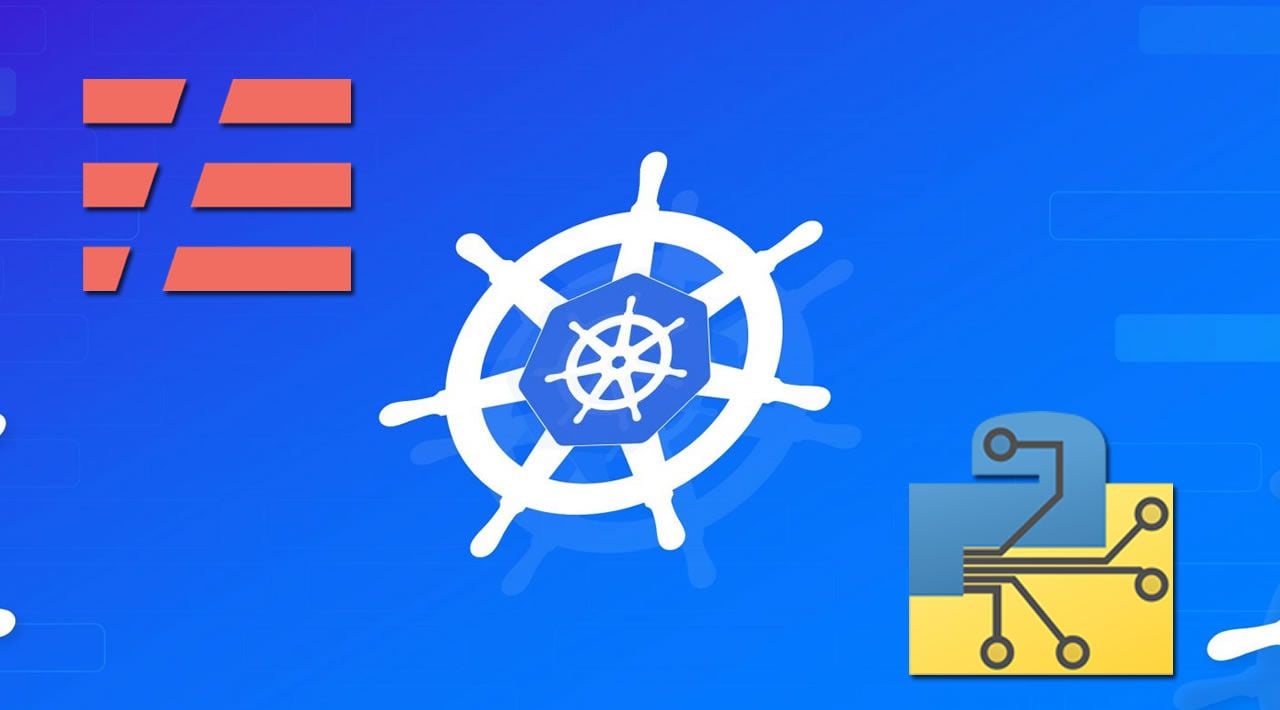Serverless Computing is Exploding
As we move to the different models of production, distribution, and management when it comes to applications, it only makes sense that abstracting out the, behind the scenes processes should be handled by third parties, in a move towards further decentralization. And that’s exactly what serverless computing does – and startups and big companies are adopting this new way of running applications.In this post, we will discuss: What Serverless Microservice computing is all about and how does serverless computing affects the way people write and deploy application’s code?
Serverless Computing
Serverless computing helps users to write and deploy without being worrying about the underlying infrastructure.”Serverless” denotes a special kind of software architecture in which application logic is executed in an environment without visible processes, operating systems, servers or virtual machines. It’s worth mentioning that such an environment is actually running on the top of an operating system and use physical servers or virtual machines, but the responsibility for provisioning and managing the infrastructure entirely belongs to the service provider. Therefore, a software developer can focus more on writing code.
Serverless Computing Advances the way Applications are Developed
Serverless computing will change the way we develop applications. Traditionally a lot of business rules, boundary conditions, complex Integrations are built into applications and this prolongs the completion of the system as well as introduces a lot of defects and in effect, we are hard wiring the system for certain set of functional requirements. The serverless Microservice application concept moves us away from dealing with complex system requirements and evolves the application with time. It is also easy to deploy these serverless Microservices without intruding the system.
Below figure shows how the way of application development changed with time.
Monolith- A monolith application puts all its functionality into a single process and scale by replicating the monolith on multiple servers.
Microservice- A Serverless Microservice architecture puts each functionality into a separate service and scale by distributing these services across servers, replicating as needed.
FaaS- Distributing Serverless Microservices further into functions which are triggered based on events. Explore more about Microservices Architecture in this insight.
Monolith => Microservice => FaaS

Let’s get started with the deployment of a Serverless Microservice Application on NexaStack. To create a function, you first package your code and dependencies in a deployment package. Then, you upload the deployment package on our environment to create your function.
- Creating a Deployment Package
- Uploading a Deployment Package
#serverless #microservices #python #kubernetes
